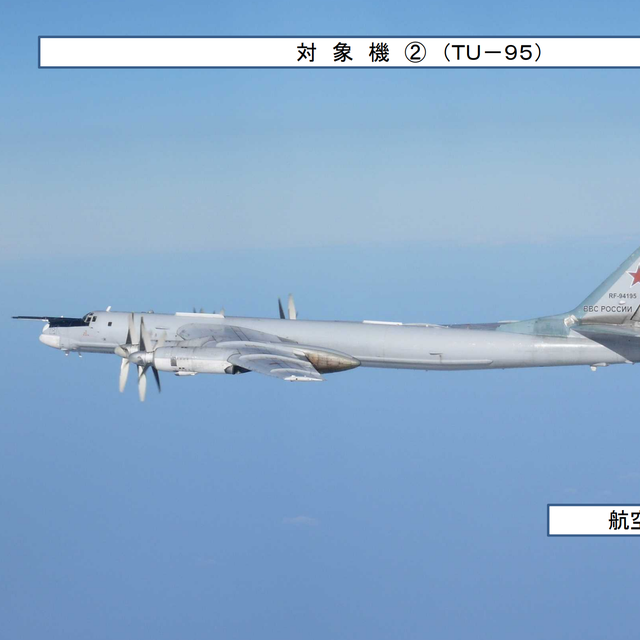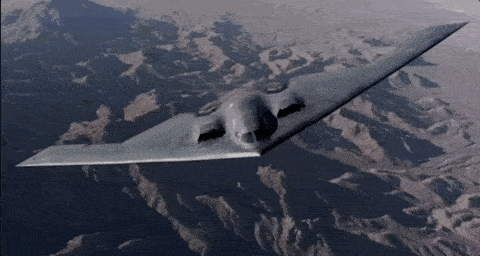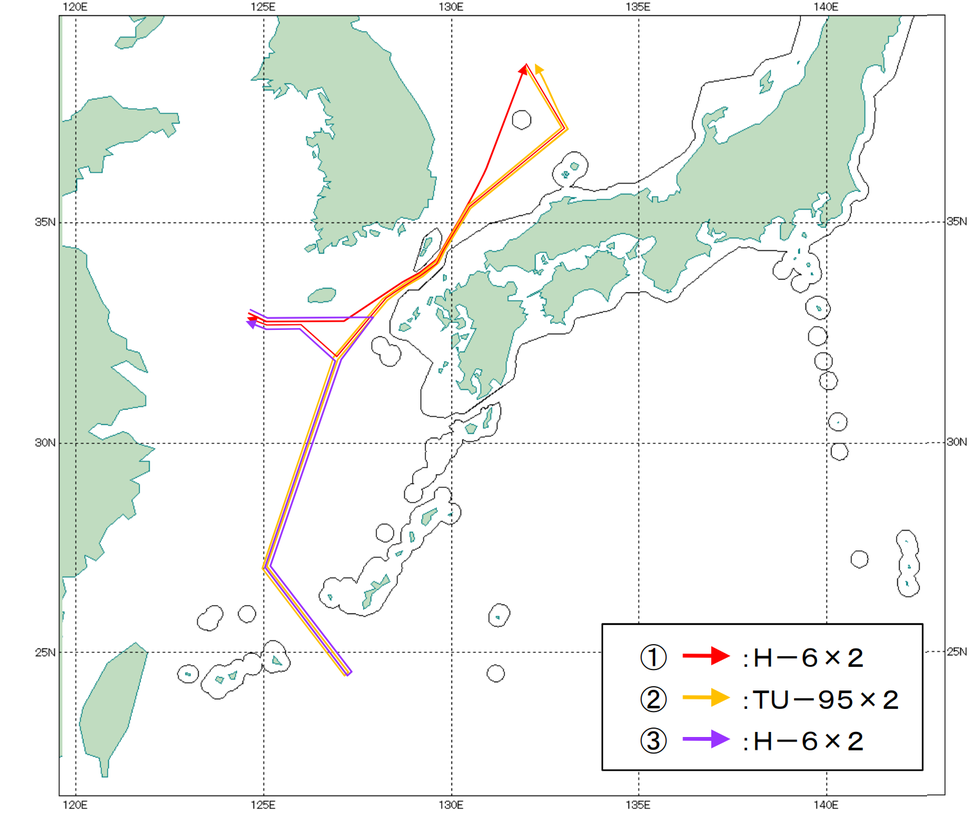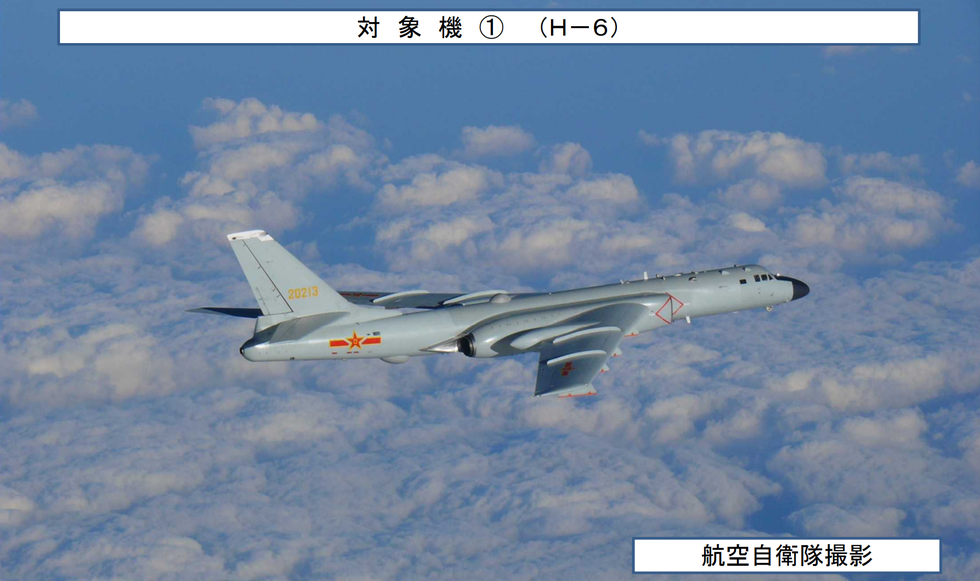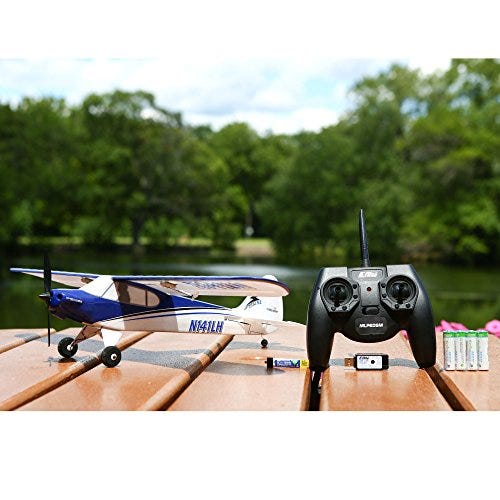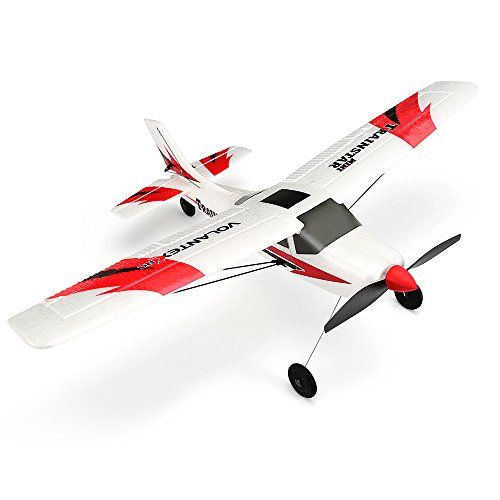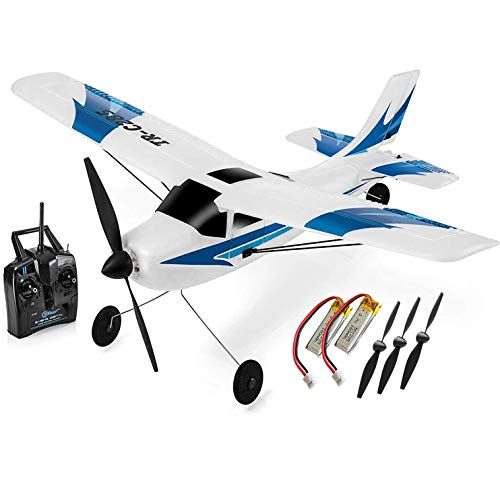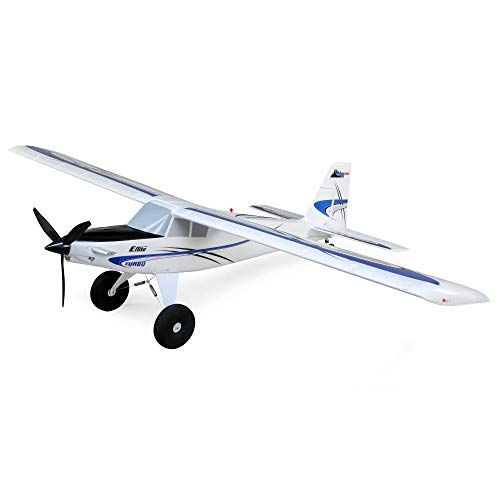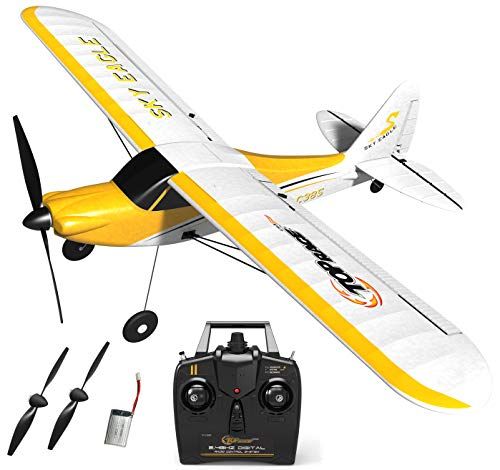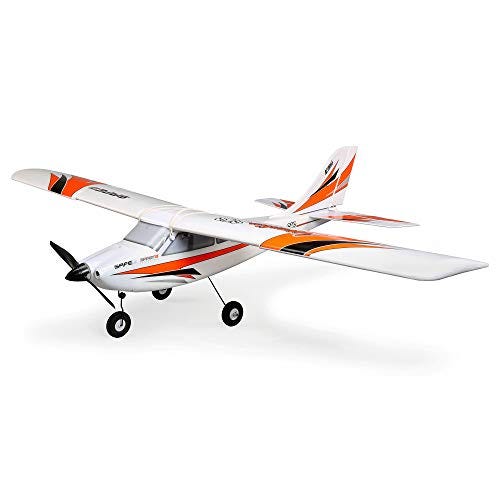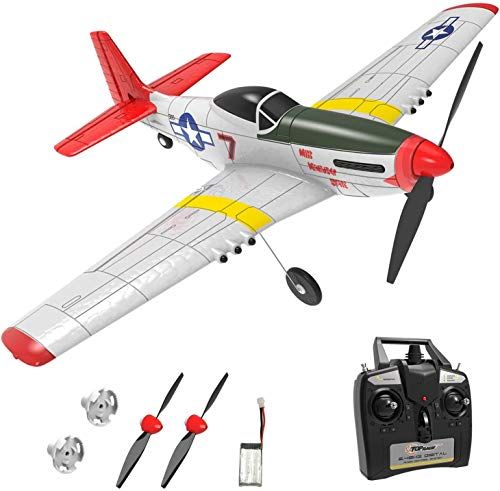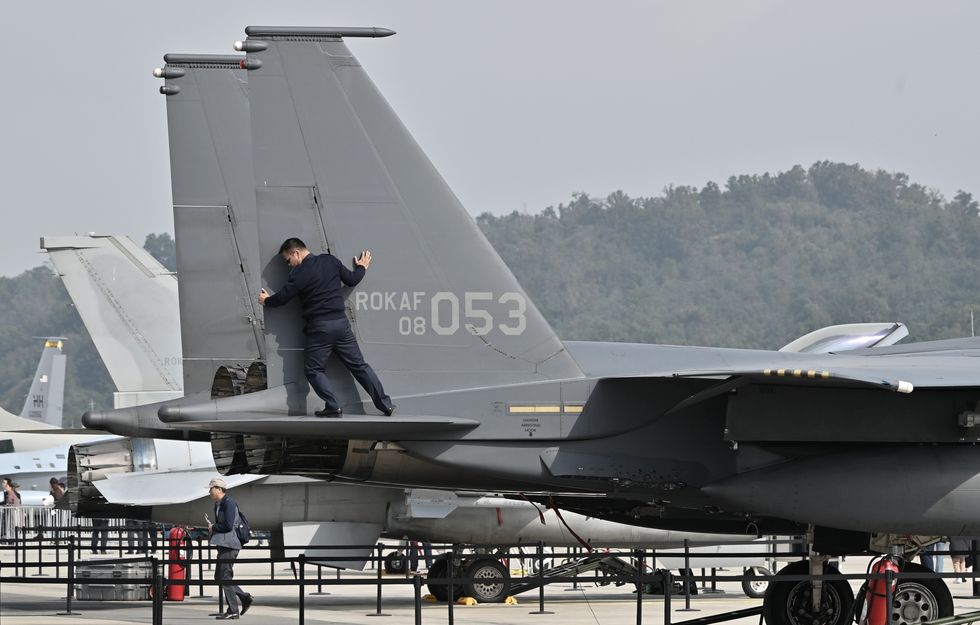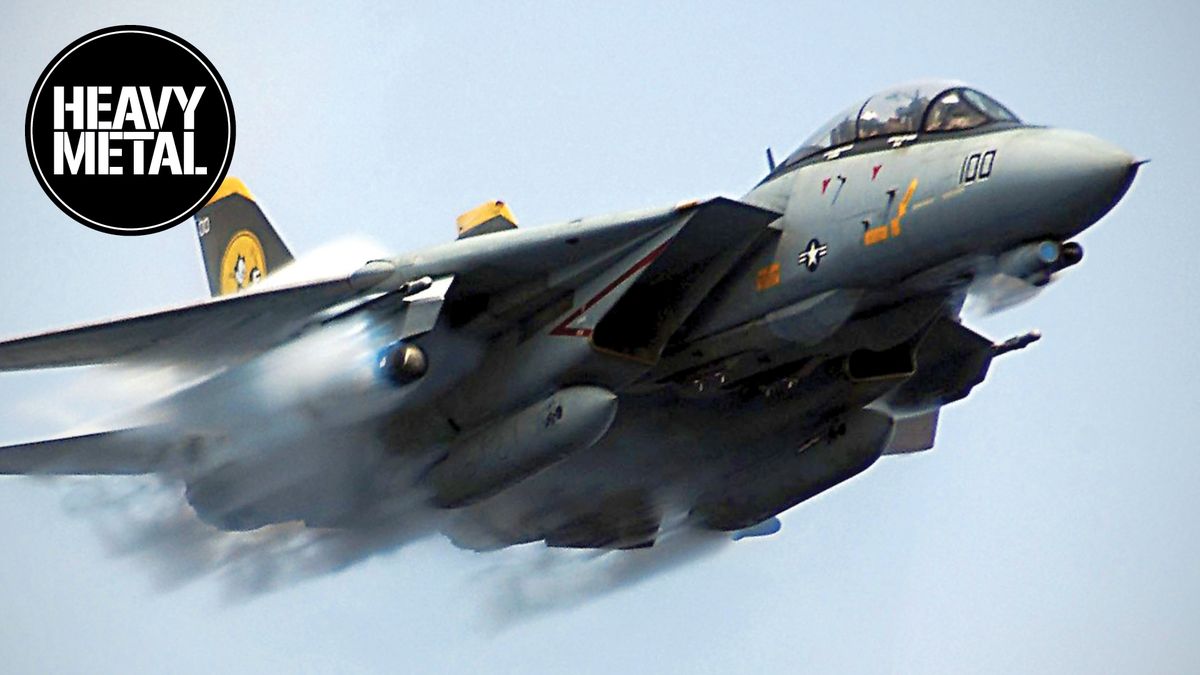- Russian and Chinese bombers conducted a rare joint exercise over the Pacific Ocean.
- The exercise included heavy, nuclear-capable bombers of both countries.
- The aircraft were shadowed by both Japanese and South Korean fighter jets.
Russian and Chinese heavy bombers conducted a rare joint exercise earlier this week.
On December 22, the bombers, warily escorted by fighters from neighboring countries, flew hundreds of miles together into South Korea’s air defense identification zone (ADIZ), but didn't violate the airspace of any other country.
According to the Japan Air Self Defense Force, the flights consisted of four H-6 bombers from the People’s Liberation Army Air Force and two Tu-95MS “Bear” bombers of the Russian Aerospace Forces.
A map provided by the Japanese military (above) shows the flight path of the aircraft. The Russian bombers flew from the north, probably from Ukrainka air base near Khabarovsk, then rendezvoused with the Chinese planes south of South Korea’s Jeju island.
The Chinese planes flew east from the mainland, likely part of the Nanjing Military Region’s 10th Bomber Division based at Nanjing-Dajiaochang air base.
The Russian bombers, as well as two of the Chinese bombers, flew south, along Japan’s Ryukyu islands, then overflew the Miyako Strait near the island of Okinawa. The bombers flew back toward Jeju island and then went their separate ways. Another pair of Chinese bombers flew north, along Japan’s western edge, before returning home.
The H-6 bomber is a 1950s-era design originally built by the Soviet Union and now operated, in updated configuration, by the Chinese Air Force. The Tu-95MS is from roughly the same era, and the American B-52H bomber is a contemporary of both.
All three bombers can carry nuclear weapons, though the H-6’s nuclear bomb-dropping capability is considered obsolete. The Tu-95MS and B-52H, by comparison, have been updated to launch nuclear-tipped cruise missiles.
Japan's F-15J fighter jets intercepted both bomber forces and kept an eye on them while they flew near Japanese air space, snapping the pictures included in this article. The bombers appear unarmed on the outside, although the Russian Tu-95 can carry cruise missiles in its internal bomb bay.
Russia’s Ministry of Defense went to great lengths to publicize the exercise, issuing a press release and uploading video to YouTube (above). The video shows Su-35 fighter bombers that flew, at least briefly, alongside the bombers as escorts and later, the bombers flying in formation with their Chinese counterparts.
✈ Our Favorite Hobby RC Planes
In a statement on its website, the Ministry described the flight as 10 hours long and controlled both by controllers on the ground and from an A-50U aircraft, the Russian version of the E-3 Sentry AWACS plane. The Ministry of Defense also said:
In the course of fulfilling the missions, the aircraft of both countries acted strictly in accordance with the provisions of international law. The airspace of foreign states was not violated.
The Russian and Chinese bombers entered South Korea’s ADIZ, an imaginary line sketched out by most countries over neighboring airspace. Aircraft that enter an ADIZ are looked at a little more rigorously by a country’s air force and are required to file flight plans that give advance notice. Foreign military aircraft that enter ADIZs are routinely intercepted by fighter jets.
In this case, the Republic of Korea Air Force scrambled F-15K "Slam Eagle" and F-16 fighter jets as a precautionary measure. The Chosun Ilbo reports a total of 19 Russian and Chinese aircraft flew near South Korea that day. South Korea’s Joint Chiefs of Staff say the Chinese pilots told Korean fighter pilots they were undertaking “routine training,” but the Russian aircraft “entered (the ADIZ) without prior notice.”
The flight, the Korean Joint Chiefs noted, was probably a response to recent U.S. bomber flights near China.
Last month, two U.S. Air Force B-1B Lancer bombers flew into China’s ADIZ in the East China Sea, and B-1Bs also flew into the South China Sea in early December. The B-1B is a heavy bomber, but it's incapable of carrying nuclear weapons. In no instance did any of the bombers from Russia, China, or the U.S. enter the actual airspace of any other country.
🎥 Now Watch This:

Kyle Mizokami is a writer on defense and security issues and has been at Popular Mechanics since 2015. If it involves explosions or projectiles, he's generally in favor of it. Kyle’s articles have appeared at The Daily Beast, U.S. Naval Institute News, The Diplomat, Foreign Policy, Combat Aircraft Monthly, VICE News, and others. He lives in San Francisco.
